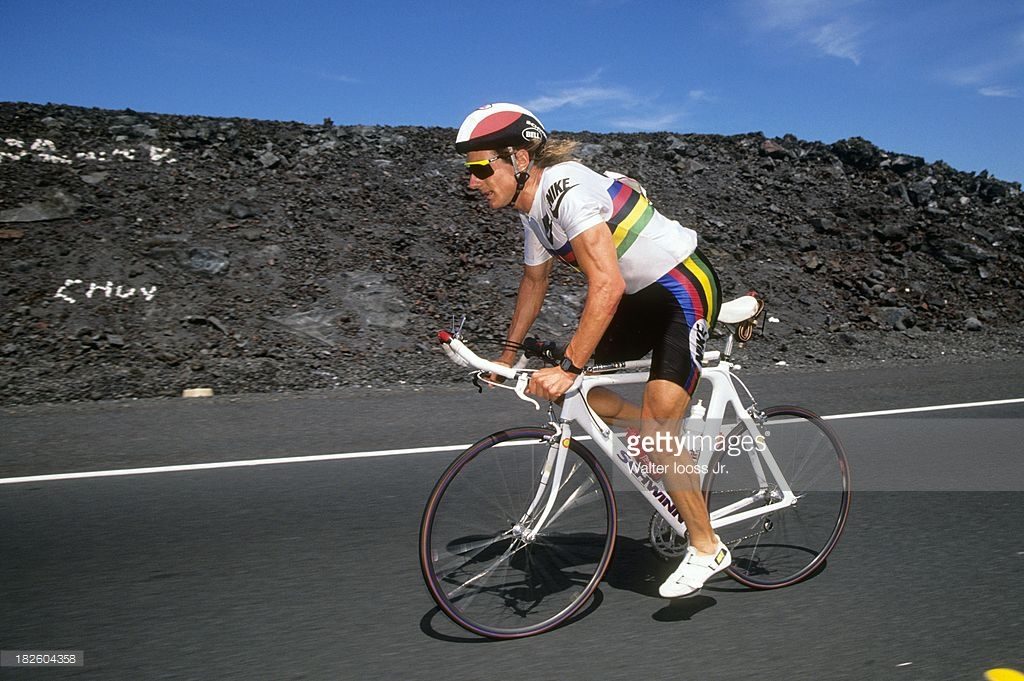Triathlon on the Cheap: 7 Ways to Enjoy Triathlon Without Breaking the Bank
It always amazes me how many people come up to me and are astonished to hear how much I paid for my racing bike. As they walk away bewildered by the fact that I would spend so much money on a hobby, they jump into their $40,000 car and drive off.
Our priorities are screwy. Most people are so preoccupied on the “luxury” and status of a mode of transportation which takes them to and from a place of work (where they earn money to pay for said mode of transportation) that they think it’s actually crazy for a person to drop some serious cash on a mode of transportation that will provide enjoyment, health, and fulfillment. I don’t know about y’all, but I’ll continue to own a bike that is worth more than my car since my happiness is dramatically improved by one and not the other.
My first piece of unsolicited advice not related to the nature of this post: Enjoy the spoils of your hard work on things that you actually enjoy and have meaning to you, and save the frugality for the rest of life. Instead of buying a $20,000 car, buy a reliable beater for <$10,000, and then take the money you saved to buy a solid bike rack to carry your sweet new $10,000 superbike! There. Problem solved.
But I digress. To each their own. And to many, the barrier to entry into this wonderful sport of triathlon is the perceived cost of the sport. People believe that in order to participate (not win, mind you, participate) in triathlon, one must put down tens of thousands of dollars. Nothing could be further from the truth.
Of course triathlon can be expensive. Any hobby can be expensive! Now, I don’t know anything about crochet, but I’ll bet it’s possible, with enough creativity, to drop thousands of dollars on it. The key is in spending your money wisely. If you’re frugal enough, this amazing sport, in which we experience so much joy, can be appreciated without breaking the bank.
-
Race Local – First of all, nothing beats being able to sleep in your own bed before a race. This also has an added benefit of allowing you to avoid the expense of flights, hotels, meals out, and shipping your trusted bike. I hear people complain all the time about the entry fees of triathlon. However, they don’t hesitate to drop their dough on all of the logistics to get to the race. Avoiding the pain and cost of travel can save you tons of money on your path to triathlon glory.
-
Second Hand Equipment – If the idea of dropping two grand or more on a bike causes your money muscle to tense up, there are ways to avoid this. First off, don’t buy a new bike. Triathlon and road bikes are always on sale on local Facebook groups, Ebay, Craigslist, etc. Wait until the post-season (which could also be considered the social media “post” season.. get it? Get it?), and you’ll find plenty of people willing to part with their awesome ride having just finished their “one and done” Ironman. You may even get lucky and find someone who had an over-ambitious New Year’s Resolution only to tire of the sport after a couple months. If you’re really frugal, you’ll likely be able to find a bike that will get you by for a few hundred dollars, instead of thousands.
-
Look for the package deals – From time to time, local bike shops offer packages for beginners, where they offer an entry level triathlon bike, wetsuit, helmet, shoes, pedals… the works, for less than a couple grand. This essentially gets all of the major expenses out of the way at once, like ripping off a band aid. If this still sounds like a lot of money, just remember that this is a hobby that will keep you healthy, happy, and active! What value do you put on that? With these expenses out of the way, you’re pretty much ready to go!
-
Learn to do your own easy bike maintenance – YouTube is your friend! Bike maintenance does not have to be intimidating, and it can really save you money to do some of the easy fixes. Through quality videos, you can learn to change tires, adjust your derailleurs, disassemble/reassemble your bike, change your chain, replace cables, adjust brakes, etc. I will caution you that this is a learning process, so don’t go adjusting your brakes and then immediately do hill repeats. Make sure that you thoroughly test the equipment before riding. There remain, of course, some maintenance items which you should leave to the professionals. This includes replacing the bottom bracket, structural repairs, etc.
-
Avoid the accessories – Don’t get me wrong, I love my recovery boots, my electronic shifters, my aero helmet, my disc wheel, and my skin suit. But these accessories get expensive. If your goal is to get healthy and participate in triathlon, these things are not required! They will tempt you, but you don’t have to get them. To be successful in triathlon, all you need is the following:
-
Swimwear (or a Triathlon suit)
-
A bike, with shoes and a helmet
-
Running shoes.
-
Don’t believe me? Take a look at this:

Generated by IJG JPEG Library
